An affidavit of execution is a document sworn by one of the witnesses to the will or codicil, verifying that he or she and the other witness were present at the time of execution of the document attached as exhibit A to the affidavit of execution (being the will or codicil). While not part of the will itself, an affidavit of execution is typically required when a probate application is filed in Ontario. It can most easily be obtained at the same time as the execution of the will or codicil (or shortly after), but it can also be sworn much later, including after the testator’s death, if one of the witnesses can be located.
The purpose of an affidavit of execution is to provide evidentiary support that a will or codicil was executed in compliance with the requirements under the Succession Law Reform Act, R.S.O. 1990, c. S.26.
Some common errors in the preparation of an affidavit of execution may increase processing time for the certificate of appointment of estate trustee with a will:
- The affidavit of execution is not obtained until after the testator’s death, and delay ensues while the estate trustee and/or estate solicitor take steps to locate one of the witnesses.
- The original will, or codicil is not marked as an exhibit to the affidavit of execution.
- The original will should be marked as exhibit A to the affidavit of execution.
- The original will should also be marked (on the back of the document) as exhibit A to the applicant’s affidavit.
- Neither exhibit stamp should overlap with the section of the page on which the signatures of the testator and witnesses appear on the other side.


